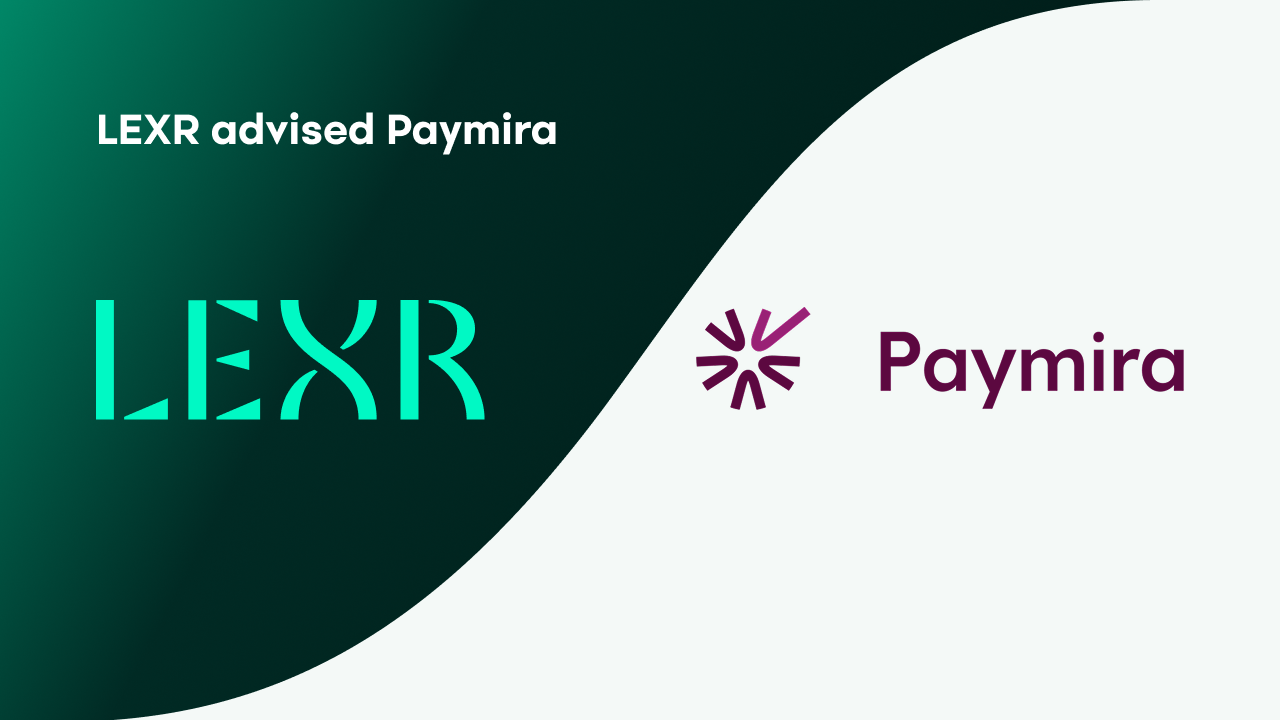What are liquidation preference, participation and participation multiples?
In our third part of the funding round term sheet 101 series we take a closer look at liquidation preferences. Liquidation preference is an important concept in most equity financings. This concept sets out who is paid first and who gets how much money when the company gets acquired, is liquidated, or when all substantial assets of the company are sold. Hence, it can have a very significant impact on how the proceeds are shared between investors and founders in a so-called liquidity event. A liquidation event is usually defined as a sale of the company or the majority of its assets, which typically include an acquisition, merger, change of control, bankruptcy or winding down (the parties are free to define what qualifies as a liquidation event and what does not).
From the investors’ point of view, the primary purpose of a liquidation preference clause is to protect them from losing money (or losing less money) if the company does not do as well as expected. For a founder, on the other hand, it is important that the provision is not drafted in a too investor-friendly way, as otherwise he will receive less (or nothing) in a liquidation event (which could affect his motivation).
The liquidation preference has two components, preference and participation:
Preference
Preference refers to money returned to a particular group of shareholders (e.g. investors) ahead of another group of shareholders (e.g. founders) in case of a liquidation event. A liquidation preference clause usually stipulates that the holders of e.g. Preferred Shares shall be entitled to receive, in preference to all other shareholders, proceeds of the liquidation event up to the amount invested by the investor. The remaining shareholders only receive proceeds after the investor has been fully paid. Furthermore, so-called participation multiples are also possible (but not common). With a multiplier of 3 (3x liquidation preference), the investor receives 300% of the original purchase price per share back before the remaining shareholders receive anything (in case of a liquidation event).
Participating vs. Non-participating
Depending on the negotiating power of the investor, participation may be included in the liquidation preference. Participation means that the beneficiary of the liquidation preference also participates in the distribution of the remaining proceeds (i.e. the money left after the original investment is returned). The details how exactly the distribution looks like are manifold (e.g. including participation caps). For example, it can be agreed that the remaining proceeds (if the investor has been fully paid) are allocated to all shareholders (including the investor) pro rata or that the additional sum the investor receives (i.e. in addition to the original investment which is paid back in first priority) is capped at a certain amount. Non-participating typically means that the investors receive the higher of (i) the preference amount or (ii) a share of all proceeds corresponding to their percentage ownership in the company.
The impact of participating or non-participating on the distribution of proceeds
As can be seen from the examples below, the structuring of the liquidation preference as participating or non-participating can have an enormous impact on the distribution of the proceeds in a liquidation event.
Example:
An investor invests CHF 1’000’000 in a company and in return receives 1/3 of the shares. The remaining shares are held by a single founder.
Pre-money valuation of the company – CHF 2’000’000
Post-money valuation of the company – CHF 3’000’000
| Shareholder | Shares | Investment | Share % |
|---|---|---|---|
| Founder 1 | 80’000 | 66.67% | |
| Investor 1 | 40’000 | CHF 1’000’000 | 33.33% |
| Total | 120’000 | 100.00% |
Later, the company is sold for CHF 1’000’000. Without a liquidation preference, the proceeds of the sale are simply distributed in proportion to the amount of shares of each shareholder, that is, the investor receives 1/3 of CHF 1’000’000 (i.e. CHF 333’333) and the founder CHF 666’667. In this scenario the investor would have lost 2/3 of the investment.
Company sold for – CHF 1’000’000
| Shareholder | Share % | Liquidation Preference | Distribution |
|---|---|---|---|
| Founder 1 | 66.67% | CHF 666’666.67 | |
| Investor 1 | 33.33% | no | CHF 333’333.33 |
With a liquidation preference in favour of the investor (without multiple and no participation) stipulating that the investor shall receive any proceeds of a liquidation event in first priority up until his investment is reached, the investor would have received the total purchase price (since his investment was equal to the sale price).
Company sold for – CHF 1’000’000
| Shareholder | Share % | Liquidation Preference | Distribution |
|---|---|---|---|
| Founder 1 | 66.67% | CHF 0.00 | |
| Investor 1 | 33.33% | yes, without participation | CHF 1’000’000.00 |
Let’s take the same example and adjust the selling price slightly. This time, the company is sold for CHF 12’000’000. In such a scenario, where the company is sold at a higher value, a contract where the investor has a liquitation preference without participation is usually drafted in a way so that the investor gets the higher of (i) the preference amount or (ii) a share of all proceeds corresponding to their percentage ownership in the company (i.e. the investor would receive CHF 4’000’000). However, if the contract does not foresee an option to “waive” the preferential right (and does not contain a participation) the investor would only get back his contribution of CHF 1’000’000 (what an experienced investor would probably find difficult to accept).
Company sold for – CHF 12’000’000
| Shareholder | Share % | Liquidation Preference | Distribution |
|---|---|---|---|
| Founder 1 | 66.67% | CHF 7’333’333.33 | |
| Investor 1 | 33.33% | yes + participation | CHF 4’666’666.67 |
Due to the additional participation, the investor could increase his profit in this scenario by more than 16% at the expense of the founder. The investor first receives the investment back, and then also participates in the remaining proceeds in proportion to the ownership stake.
Conclusion
The liquidation preference ensures that in a liquidation event, the investor will at least get back his original investment or will receive the entire proceeds if these are not sufficient to repay his original investment. On the one hand, this ensures that the company is not sold below price by the majority of shareholders and that the investor has to share the investment proportionately with all shareholders (example 1). On the other hand, it can also be an incentive for investors to invest in the company.
During negotiations, it is crucial that the founders and investors fully understand the potentially very significant impact of the liquidation preference on the proceeds in a liquidation event. Previous financing rounds set precedents for later financing rounds and the next investor will likely want a liquidation preference as preferable as the first investor. A 2x preferred participating liquidation preference will lead to much smaller proceeds for the founders than a 1x non-participating. A clause that is too investor friendly (anything above 2x preference) should be avoided in the interest of both parties – future investors may be reluctant to invest and it may dis-incentivize the founders.
In our opinion, a “middle of the road” liquidation preference clause does not entail a participation, but gives the investor the higher of (i) the preference amount or (ii) a share of all proceeds corresponding to their percentage ownership in the company. If a participation is nevertheless agreed, a participation cap should be included, limiting the maximum amount the investor receives (maximum 3x the original investment).
Remember, in the first post of this series, we talked about valuation and price and looked at how many shares an investor gets for his investment. In the last post we looked at the concept of anti-dilution protection and how it affects the stake of an investor as well as the value of the investment.











